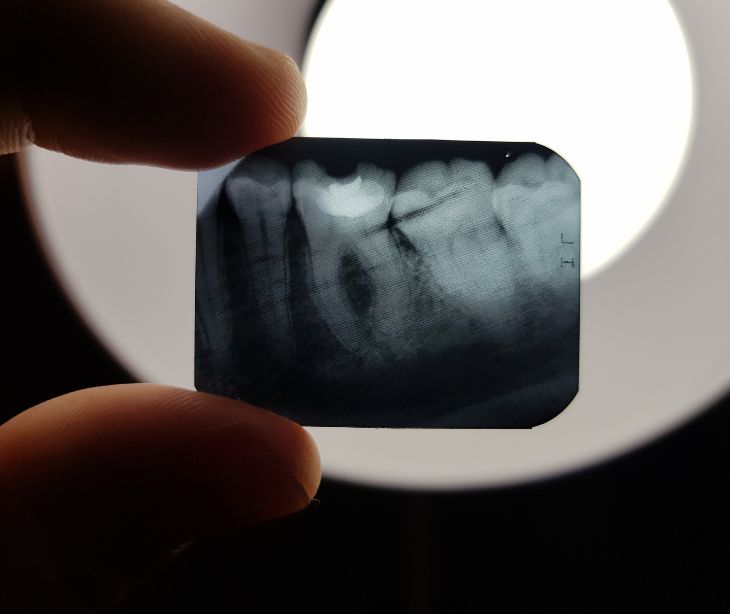
Requesting patient feedback via text allows healthcare providers to gather insights on various aspects of their practice. This information can then be used to provide better experiences, cultivate stronger relationships, and improve patient loyalty.
Benefits of text messaging for obtaining feedback
HIPAA compliant text messaging is a beneficial communication channel for both patients and providers. First, meeting patients where they already are makes them more likely to engage. Patients can quickly respond from anywhere without disrupting their routine.
Texting also eliminates the need to learn a new app or log in to a separate portal. Furthermore, incorporating a link to a mobile-friendly feedback form makes it possible for patients to take the next step. This prevents any potential delays or technological barriers.
On the flip side, collecting patient feedback via text message is cost-effective and convenient for busy healthcare organizations that don’t have the resources to manage manual marketing tasks. Practices can set up automated feedback request texts for recent patients, which frees up time for staff to focus on more critical aspects of the business.
How to collect patient feedback
The ideal time to ask for feedback is soon after a patient has visited your practice. This is because the experience will still be fresh in their mind, and they are more likely to respond with meaningful answers.
Consider sending a link to an online survey or questionnaire where they can rate their experience on a star or number scale. You could also include an optional space for them to add further commentary. This quick and seamless approach requires minimal effort on the patients’ end.
Survey questions should aim to assess patients’ satisfaction with the quality of care they received. In addition, cover accessibility and customer service-related topics. Some examples are appointment waiting times and the helpfulness of the front desk staff.
To get the most out of this strategy, personalize your requests for feedback. Including the patient’s name and customized language can help the text message feel more authentic and create stronger connections.
Provide straightforward questions that leave out any medical jargon. Also, keep surveys brief. Too many questions can be overwhelming and lower the chance of responses.
Be sure to provide thorough context so that patients fully understand the purpose behind the survey. Explain why their answers are valuable and how they will be used to improve outcomes.
Practices can then send a follow-up text message to delighted patients, thanking them for their response and encouraging them to share their positive experiences on review sites like Google or Facebook. This boosts online credibility, which helps attract new prospects and ultimately grows your patient base.
Make sure your text messages are HIPAA compliant
Under HIPAA, written authorization is mandatory to text patients. Therefore, ensure you are issuing a text messaging consent form. The form should clearly state that the patient agrees to be communicated with in this manner.
Explain the full scope of text messaging so patients know what to expect. Address both the advantages and potential risks of agreeing to participate. Also, let patients know that they have the right to opt out at any time.
Another piece of HIPAA compliant text messaging is using a secure platform that has the required safeguards in place. This includes encryption to secure protected health information (PHI) at rest and in transit, as well as access controls that block unauthorized individuals from obtaining sensitive information. Any external survey app or software needs to be HIPAA compliant as well.
A business associate agreement (BAA) must be signed to accomplish this. A BAA outlines the responsibilities of the third-party service providers in securing PHI.
Why it matters
Obtaining feedback via text helps unlock critical insights on how to provide better patient experiences. Healthcare practices can implement this strategy successfully by personalizing requests, providing appropriate context, and keeping questions simple.
Subscribe to Paubox Weekly
Every Friday we'll bring you the most important news from Paubox. Our aim is to make you smarter, faster.




